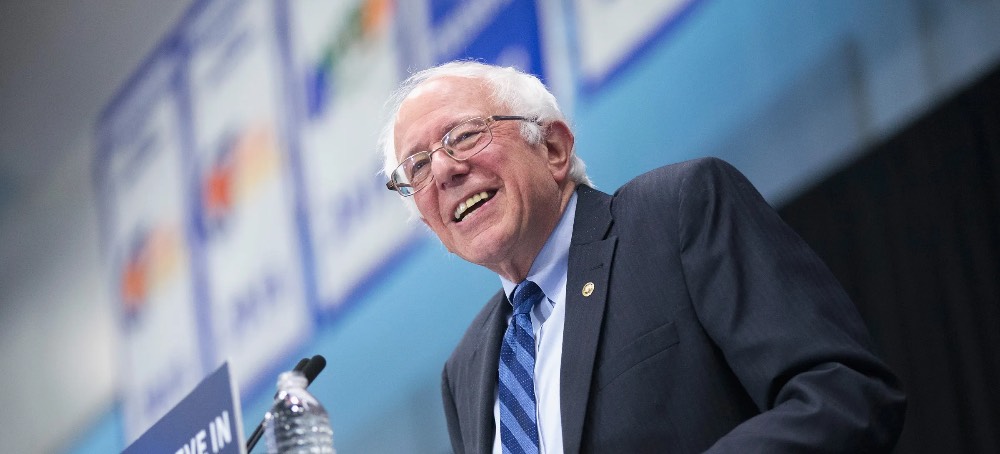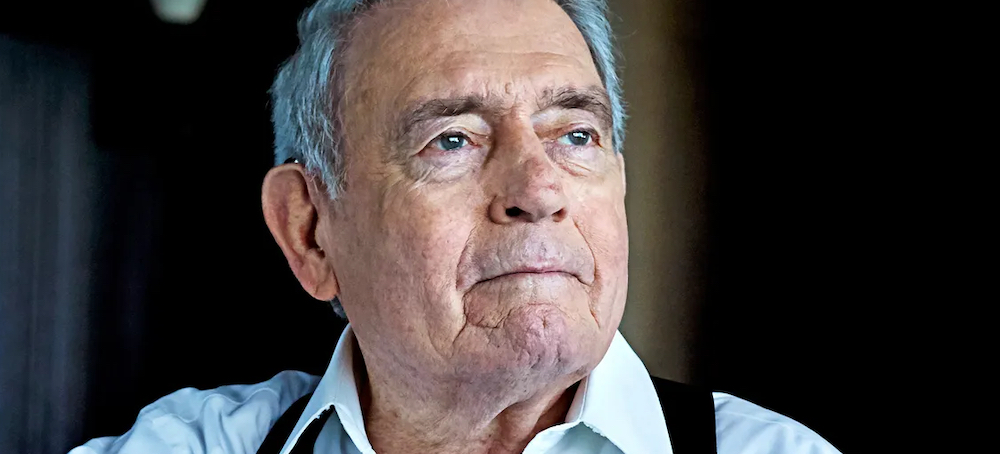The angrier he gets the more he resembles the pig he is. With his fat Senate pension Lindsey Graham could care less about Social Security or those who rely on it.
Opinion
by
Nancy Altman, opinion contributor
- 6/15/22 5:00 PM
The Hill
Republican
politicians are scared to death. They seek to create a smoke-filled
room to provide political cover. Of what issue are they so terrified?
Social Security.
Republican
politicians say they support Social Security. They say they want to
eliminate its projected shortfall. But do they offer a substantive
proposal? Absolutely not. Instead, they hide behind process to avoid
political accountability.
They
want Democrats to hide with them behind closed doors. The goal is to
come up with an unamendable package, supported by Democrats, that is
full of benefit cuts and gives Republicans political cover to rob
working families of their earned benefits. Fortunately, the Democrats
will have no part of it.
Democratic
policymakers are offering concrete proposals for all the world to see.
They are begging their Republican colleagues to release a proposal of
their own.
The
Democrats are calling the Republicans’ bluff, but the Republicans are
refusing to show their cards. Why? Because they are afraid. The reason
they are so afraid is not hard to see. They are radically out of step
with their own voters.
As polarized as Americans are over many issues, poll after poll shows that
an overwhelming majority of Americans — Republicans, as well as
Democrats and Independents — believe that Social Security is more
important than ever. They strongly oppose any and all cuts. They want to
see benefits expanded. And they want the wealthiest to pay their fair
share.
Of
course, Republicans never acknowledge that they support slashing and
even ending Social Security. Instead, they offer vague platitudes,
professing their love for Social Security; they attack Democratic
proposals; and they seek, as Sen. Mitt Romney (R-Utah) proposes in his so-called TRUST Act, to create closed-door, smoke-filled rooms to do their dirty work without political accountability.
Or, they propose, as Sen. Rick Scott (R-Fla.) has,
to require Congress to reauthorize Social Security every five years.
That would undermine the Social Security guarantee, causing enormous
insecurity for millions of beneficiaries. It would offer Social
Security’s opponents in Congress enormous leverage to make draconian
cuts even when they are not in control, thanks to the non-constitutional
requirement of 60 votes in the Senate for nearly everything.
In
true Orwellian fashion, Scott proposes, as part of his plan, “Force
Congress to issue a report every year telling the public what they plan
to do when Social Security and Medicare go bankrupt.” It is as if he is
not part of Congress, at all. In truth, Social Security cannot go
bankrupt but it is projecting a manageable shortfall, still over a
decade away. The Democrats have put several plans on the table. What is
your plan, Sen. Scott?
Republican efforts to hide their desire to cut benefits were on full display at last week’s Senate Budget Committee hearing on Social Security.
On the same day as the hearing, Sens. Bernie Sanders (I-Vt.), Elizabeth Warren (D-Mass.), and six of their colleagues introduced the
Social Security Expansion Act. That legislation increases benefits by
$200 a month for current and future beneficiaries. Among other
provisions, it updates the minimum benefit, so no one will retire into
poverty after a lifetime of work. It also updates the way the
cost-of-living adjustment is calculated to make it more accurate — so
important in this time of high inflation.
![]() The
Social Security Expansion Act pays for every penny of those benefit
increases. It completely eliminates Social Security’s projected
shortfall, so that all benefits will be paid in full and on time for the
next three quarters of a century and beyond.
The
Social Security Expansion Act pays for every penny of those benefit
increases. It completely eliminates Social Security’s projected
shortfall, so that all benefits will be paid in full and on time for the
next three quarters of a century and beyond. How
does it accomplish all of this? Not by crouching in the shadows. It
openly proposes requiring those with incomes over $250,000 to pay their
fair share.
During
the hearing, Republican senators were eager to state their opposition
to the Social Security Expansion Act. Romney proudly proclaimed, “This
bill has no chance whatsoever of receiving a single Republican vote in
either House.”
So
what do Romney and his fellow Republicans propose instead? The
so-called TRUST Act: A commission, whose recommendations would be
unamendable, subject to a simple up-or-down vote, that Romney wants us
to trust with our earned benefits.
Disingenuously,
Sen. Lindsey Graham (R-S.C.) suggested a Senate vote pitting the Social
Security Expansion Act against the TRUST Act. These are not in any way
comparable measures. One is a comprehensive plan for Social Security’s
future, the other is a cowardly retreat behind closed doors.
During the hearing, Sen. Chris Van Hollen (D-Md.) politely but forcefully called out the hypocrisy which all could see:
“What
Sen. Sanders has done is put together a plan. On the table, open to
everybody firing at it. if people don’t like it, they can say why they
don’t like it. But it seems to me the beginning of this conversation
needs to be an alternative plan from our Republican colleagues. Put your
plan on the table so we can discuss it. Not something discussed behind
closed doors.”
The last Republican to offer a substantive bill was
the late Rep. Sam Johnson (R-Texas). He introduced his proposal in the
lame duck session, when he was retiring. How many co-sponsors did he
get? None.
Why? Because the bill was transparent and honest. It slashed benefits while
transforming the program from wage insurance where benefits are related
to earnings to a program where benefits are low and subsistence level
for all. Revealingly, the Johnson plan cuts benefits by a larger amount
and a decade and a half sooner than if Congress took no action
whatsoever.
This plan isn’t just a relic of 2016. Sixteen Republicans from extremely safe congressional districts have just released a budget that
essentially incorporates the Johnson Social Security plan, massively
slashing Social Security benefits (notwithstanding that Social Security,
by law, is not part of the federal budget, but its own, self-funded pension plan).
They
call for a vote on the entire budget. If they really mean what they
say, they should introduce their Social Security plan as a stand-alone
bill. Then, the House should vote on competing proposals for Social
Security: The Republican plan to cut benefits, and Rep. John Larson’s
(D-Conn.) plan to expand benefits.
Larson is the author of the Social Security 2100 Act, which is co-sponsored by over 200 of
his colleagues. Like the Sanders bill, the Larson bill provides an
across-the-board benefit increase, and a number of targeted increases.
It pays for every penny of improvement, and cuts the projected shortfall
in half. It does all of this by requiring only those earning over
$400,000 to pay more.
The
public deserves to know where their representatives stand before they
head to the polls in November. If I were the Speaker, I would issue a
public challenge to the 16 conservative Republicans: Introduce your
Social Security proposal as legislation, and let’s have a vote on it and
the Larson bill, head-to-head.
I
would be surprised, though, if the Republicans accepted the challenge.
They know that, while their donors would be happy, their voters would
not.
Nancy Altman is president of Social Security Works.
For the latest news, weather, sports, and streaming video, head to The Hill.
Meanwhile, over in Blue Country, Sens. Bernie Sanders (I-Vt.), Elizabeth Warren (D-Mass.), and six of their colleagues introduced the
Social Security Expansion Act. That legislation increases benefits by
$200 a month for current and future beneficiaries. Among other
provisions, it updates the minimum benefit, so no one will retire into
poverty after a lifetime of work.



























